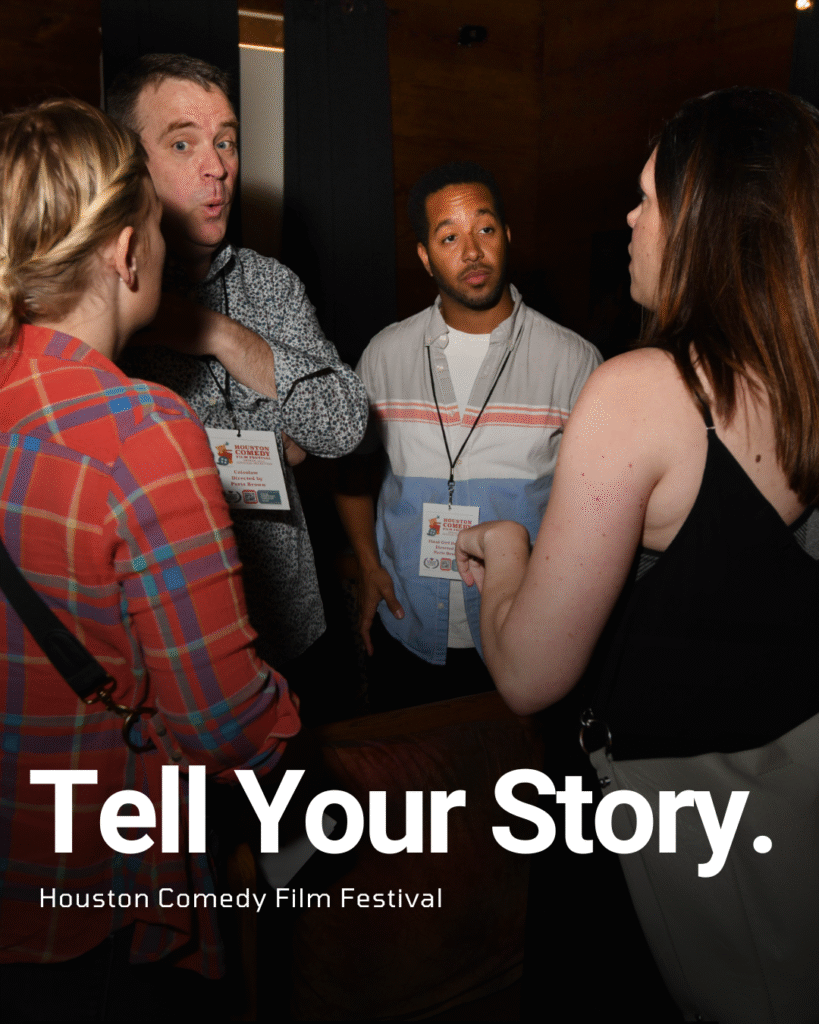Entertainment
Big Ed Brown and Liz Woods Explain Why They Keep Getting Back Together: He Has a Secret … on August 11, 2023 at 9:03 pm The Hollywood Gossip
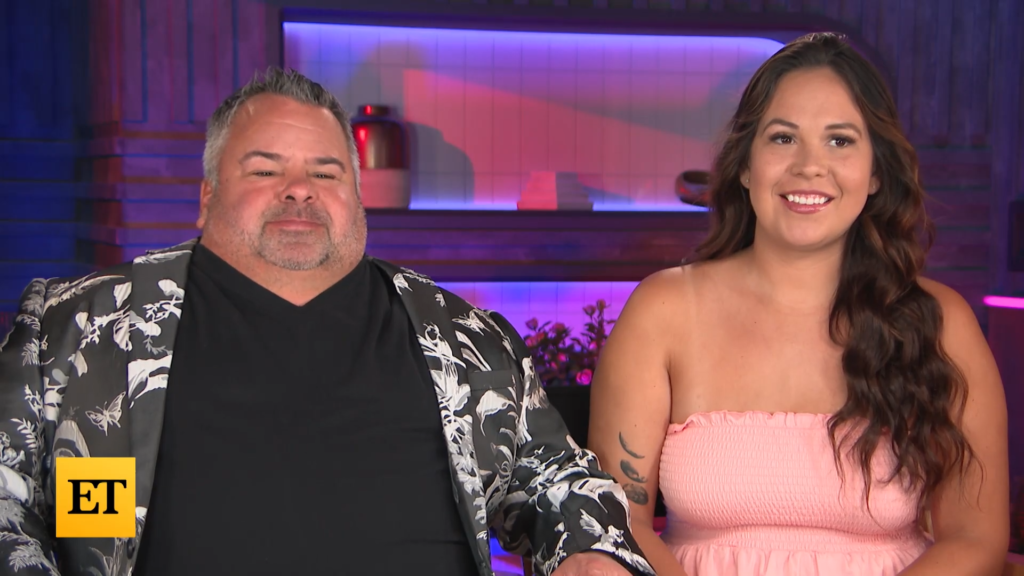
Ahead of the premiere of 90 Day: The Last Resort, there’s more to Big Ed Brown’s interviews than calling Loren Brovarnik a low class bottom-feeder.
He and on-again, off-again (ad nauseam) fiancee Liz Woods discussed their tumultuous relationship.
No one understands why Liz has taken him back even once, let alone roughly a dozen times. He’s rude and his behavior is inexcusable.
But Liz swears that there’s a secret good side to Ed. One that apparently no one else has witnessed in all of his years on screen.
Sitting down with Entertainment Tonight, Big Ed Brown and Liz Woods tried to explain why she hasn’t left him for good. Yet. (Entertainment Tonight)
Big Ed Brown and Liz Woods spoke to Entertainment Tonight about still being together. Even after all of the times that he’s dumped her.
“Well, when I first met Ed we actually didn’t really get along,” Liz admitted. Is that different from now?
“But then during the pandemic when we met at the restaurant,” she detailed, “our restaurant was just re-opening.”
90 Day Fiance: Before The 90 Days villain Big Ed Brown and 90 Day: The Single Life star Liz Woods share a pair of tiny, colorful drinks. (Instagram)
“And he didn’t want to go home,” Liz recalled, “and then I was getting out of a very bad relationship.”
And just getting into a new very bad relationship, we see.
“So then we would just kind of hang out and just talk for like a half hour after work every day,” Liz explained.
90 Day Fiance villain Big Ed Brown kisses Liz Woods, known to fans as Liz Marie, in an awkward on-screen moment. (TLC)
“So I got to, like, get to know him. Not Big Ed — I got to know Ed, his heart, how he is,” Liz claimed.
“And that’s a side that people don’t get to see,” she alleged.
“So,” Liz went on, “I just got to know about him and his family and his mom and he was so good with [my daughter] Riley.”
The infamous Big Ed Brown appears alongside his on-again, off-again (a dozen times over) love, Liz Woods in this promotional image for 90 Day: The Last Resort. (TLC)
Liz detailed: “Riley would go to work with me almost every day during the pandemic.”
She explained that this was “because there’s no childcare and no school.”
Liz then shared “And over time, he would just bring her, like, little toys and stickers.”
Liz Woods and Big Ed Brown have never been, um, particularly shy. (TLC)
“So that was when I kind of saw a different side to him,” Liz reflected.
“So we became friends,” she noted, “and I just got to know his heart.”
Liz continued: “Then when we started dating, he always made sure I was eating, he always made sure I had my coffee.”
Notorious franchise villain Big Ed Brown and his on-again, off-again fiancee (they have gotten back together about a dozen times, literally, that we know of) Liz Woods appear on the 90 Day: The Last Resort superteaser. (TLC)
“I’d get off of work and he had my bubble bath ready every night, or, he, like, massaged my feet,” Liz shared.
“I know Ed,” she insisted. “And I mean, it’s been pretty rocky.”
She alleged: “But I also get to see, like, how his heart is. And it’s not always just negative.”
Big Ed Brown and Liz Woods have made viewers feel uncomfortable in a number of ways. (TLC)
At present, Ed is claiming that therapy has adjusted his view of things.
“I haven’t changed one thing about Liz I admire,” Ed noted. “She’s never broken up with me.” That was all him.
He continued: “And she’s never given up on me and I came out of, like, a 29-year, you know, not dating anybody.”
Rosemarie Vega asked Ed Brown to please change his behavior. Unfortunately for other women, he did not take her advice. (TLC)
Clearly, Ed is not counting the previous target of his misbehavior, Rosemarie Vega.
“I didn’t really know how to be a boyfriend,” he said, “and I went and started to get therapy.”
Ed detailed: “And the therapist mentioned 15 co-dependencies. I think I had 14 of them.”
(TLC)
“But Liz really kind of, in a way trained me on how to, you know, become a boyfriend,” Ed praised.
Just as Angela Deem has claimed that 90 Day: The Last Resort made her a better person (which recent news about Angela clearly debunks), Ed has something similar to say.
“I’m realizing that in life, if you’re not happy within yourself — which I haven’t been for a while — you can’t make the other person happy,” he said of what he learned while filming.
90 Day Fiance fans are giving Big Ed Brown and Liz Woods a hard time over this “affectionate” photo. Ed does not really put people in a cuddly mood. (Instagram)
Ed also said some weird stuff about being a circus performer in a past life and having a guardian angel.
Things that he allegedly learned while filming.
Yeah, 90 Day: The Last Resort is really stretching “counseling” into new, unorthodox definitions.
Ed Brown and Liz Woods’ Tell All appearances were not their finest moments. (TLC)
With ominous rumors of Ed and Liz getting married in the very near future, neither of them could comment. They are under contract.
Ed said that, hypothetically, he would absolutely want to televise their wedding. (Of course he would) Liz had some reservations.
Liz deserves better. Anyone would.
90 Day: The Last Resort premieres on Monday, August 14.
No, we have no idea why TLC’s schedule for this franchise has been so clownish this summer. Maybe it’s some weird experiment, but each spinoff is stepping on the others’ toes.
Maybe it’ll all make sense in a while. But probably not.
Big Ed Brown and Liz Woods Explain Why They Keep Getting Back Together: He Has a Secret … was originally published on The Hollywood Gossip.
Ahead of the premiere of 90 Day: The Last Resort, there’s more to Big Ed Brown’s interviews than calling Loren …
Big Ed Brown and Liz Woods Explain Why They Keep Getting Back Together: He Has a Secret … was originally published on The Hollywood Gossip.
The Hollywood Gossip Read More
Entertainment
Kim and Kanye’s Daughter North West Faces Criticism Over Her Tattoos

North West, the 12-year-old daughter of Kim Kardashian and Kanye West, is under the spotlight once again — this time for showing off a collection of tattoos that set social media on fire. In recent photos and videos circulating online, North was seen with several arm designs, including tributes to her parents and fashion-inspired symbols. While fans were quick to admire her bold style, not everyone was impressed.
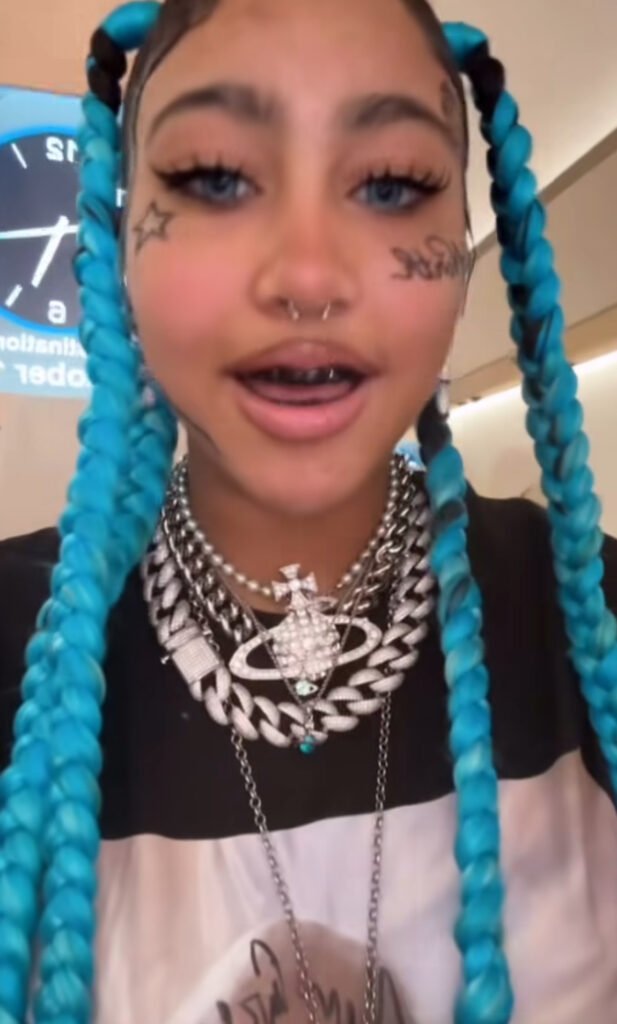
Critics argue that the tattoos — even though they appear to be temporary — are another example of celebrity children being pushed into adult trends too early. Comments flooded social media platforms, with some users saying Kim allows North too much freedom, while others defended the reality star’s parenting approach, praising her for letting her daughter explore creativity and self-expression.
“Kids should be kids,” one commenter wrote, reflecting a broader sentiment among parents online. Meanwhile, supporters pointed out that North comes from one of the most fashion-forward families in the world and that experimenting with style is part of her upbringing.
Kim Kardashian has not directly addressed the controversy, but she has often spoken about encouraging her children to express themselves authentically. North, already known for her viral TikTok appearances and fashion collaborations, seems unfazed by the criticism.
At just 12, North West continues to blur the lines between youth culture and celebrity identity — reminding the public that in the Kardashian–West household, individuality isn’t just allowed, it’s celebrated.
Entertainment
Jennifer Lopez’s Ex Fires Back: “You Are the Problem”

Ojani Noa Accuses J.Lo of Cheating After “Never Been Loved” Comments
Jennifer Lopez is once again at the center of a media storm — but this time, it’s her first husband, Ojani Noa, turning up the heat. Following Lopez’s recent Howard Stern Show interview, in which she claimed she has “never been truly loved” by any of her exes, Noa has publicly accused the superstar of cheating and playing the victim.
In the viral Instagram post that has now spread across major outlets like TMZ and New York Post, Noa didn’t hold back.
“Stop putting us down. Stop putting me down with your victim card,” he wrote. “The problem is not us. Not me. The problem is you. You’re the one who couldn’t keep it in your pants.”
“You Chose Fame and Lies Over Love”
Noa and Lopez were married briefly from 1997 to 1998, before her rise to Hollywood superstardom. In his explosive statement, he accused her of being unfaithful during their marriage, claiming she prioritized fame over their relationship.
“You have been loved a few times. You’ve been married four times. And have had countless relationships in between,” Noa continued. “You decided to lie, to cheat on me. You begged me to keep the marriage intact to avoid bad press.”
Noa described himself as “faithful, honest, and loving,” saying he uprooted his life and career to support Lopez at the beginning of her entertainment journey. “I left my family, my friends, everything behind for you,” he wrote, “but once fame came calling, you left me behind.”
Lopez Silent Amid Growing Backlash
As of now, Jennifer Lopez has not publicly responded to Noa’s allegations. During her Howard Stern interview, the singer and actress claimed her former partners “weren’t capable” of loving her, saying, “It’s not that I’m not lovable… it’s that they’re not capable.”
Her remarks were widely interpreted as referencing all of her ex-husbands — including Marc Anthony, Cris Judd, and Ben Affleck — but it was Noa who reacted first and most forcefully. His comments have ignited widespread debate online, with many questioning whether Lopez’s honesty came at the expense of others’ reputations.
Public Response and Media Fallout
The online reaction has been intense, with social media users split between defending Lopez’s right to share her truth and blasting her for allegedly rewriting history. Meanwhile, entertainment analysts note that the controversy adds to an increasingly turbulent year for the singer, following canceled tours, underperforming films, and ongoing scrutiny over her marriage to Affleck.
This latest backlash has also reignited conversations about Lopez’s highly publicized romantic history. As tabloids and fans speculate whether more exes might respond, the situation underscores an old truth in celebrity culture — that every candid confession comes with consequences.
For now, Jennifer Lopez remains silent. But in the court of public opinion, the debate about who’s really at fault in her love story is only just beginning.
Entertainment
Selling Your Soul in Hollywood: The Hidden Cost of Fame
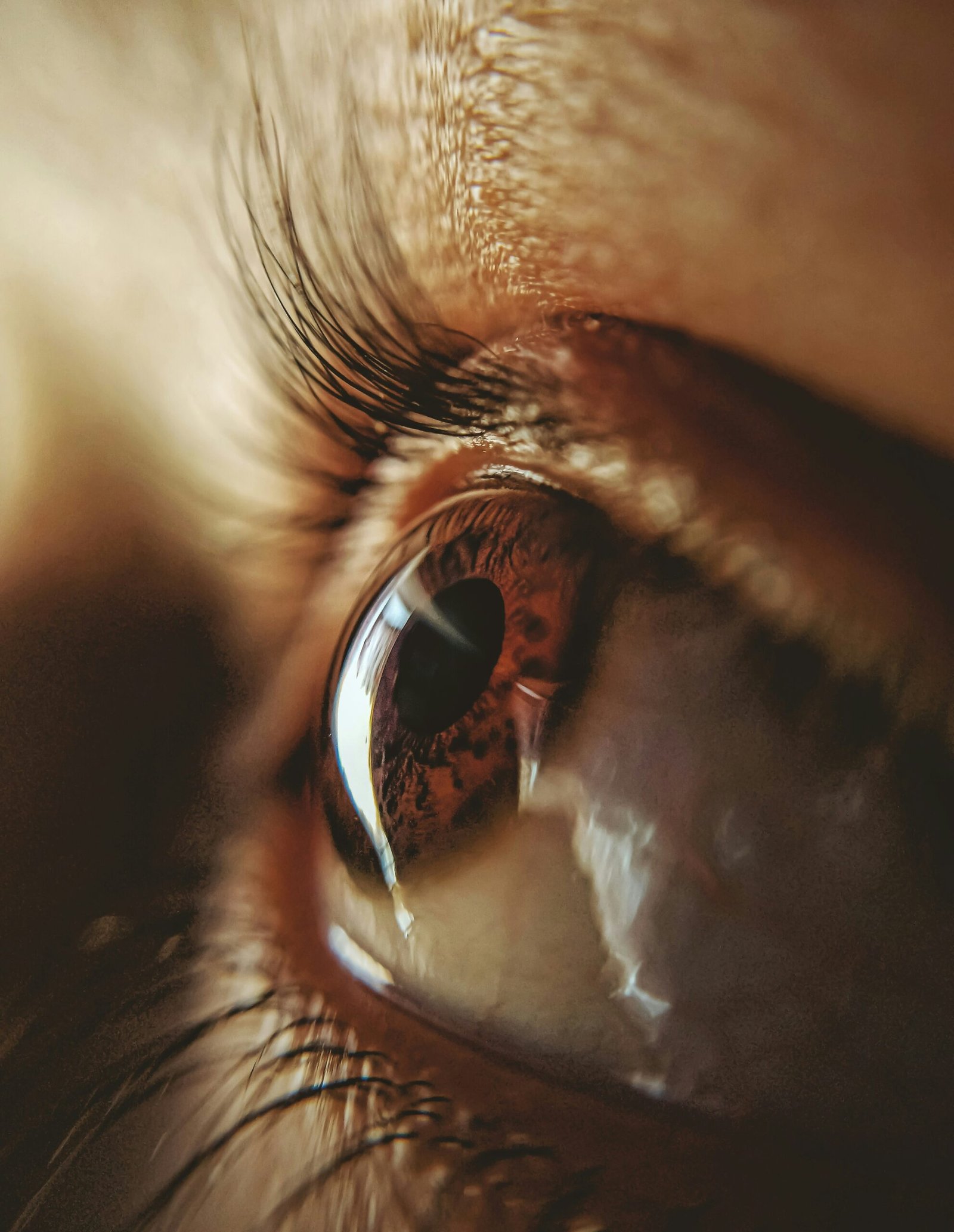
By all appearances, Hollywood is a dream factory — a place where charisma, talent, and luck collide to create stars. But behind the camera lights and red carpets lies a conversation few inside the industry speak openly about: the spiritual and moral price of ambition.
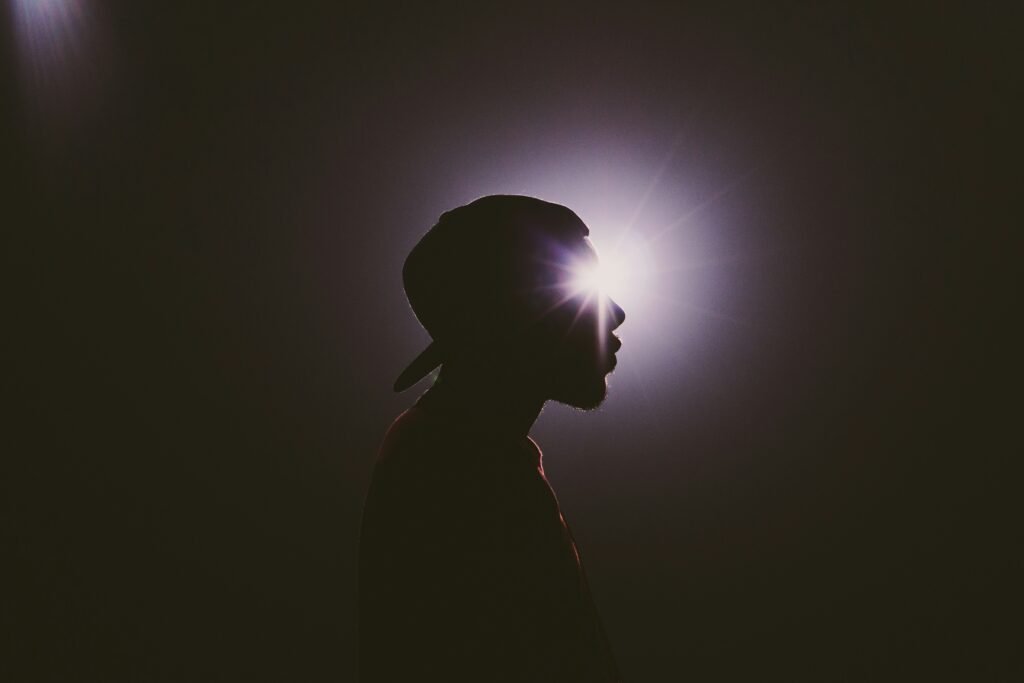
For actor Omar Gooding, the idea of “selling your soul” in Hollywood isn’t a metaphor — it’s a moral process that begins with tiny compromises. In an October 2025 interview, Gooding explained that no one in Hollywood makes a literal deal with the devil. Instead, it’s the quiet yeses, the moments when comfort overrides conviction, that mark the beginning of the trade. “They don’t say, ‘Take this or you’ll never make it,’” he said. “They just put it in front of you. You choose.”
Those choices, he argues, create a pattern. Once you show that you’ll accept something you once resisted, the industry notices. “Hollywood knows who it can get away with what,” Gooding said. “One thing always leads to another.” The phrase “selling your soul,” in this context, means losing your say — doing what you’re told rather than what you believe in.
That moral tension has long shadowed the arts. Comedians like Dave Chappelle, who famously walked away from millions to preserve his creative integrity, often serve as examples of where conviction and career collide. In resurfaced interviews, Chappelle hinted that he felt manipulated and silenced by powerful figures who sought control of his narrative, warning that “they’re trying to convince me I’m insane.”
This isn’t just about conspiracy — it’s about agency. Hollywood runs on perception. Performers are rewarded for being agreeable, moldable, entertaining. Those who question the machine or refuse the script risk exile, while those who conform are elevated — sometimes beyond what they can handle.
“We see the ‘collections’ all the time,” Gooding explained. “When the bill comes due, you can tell. They made that deal long ago.”
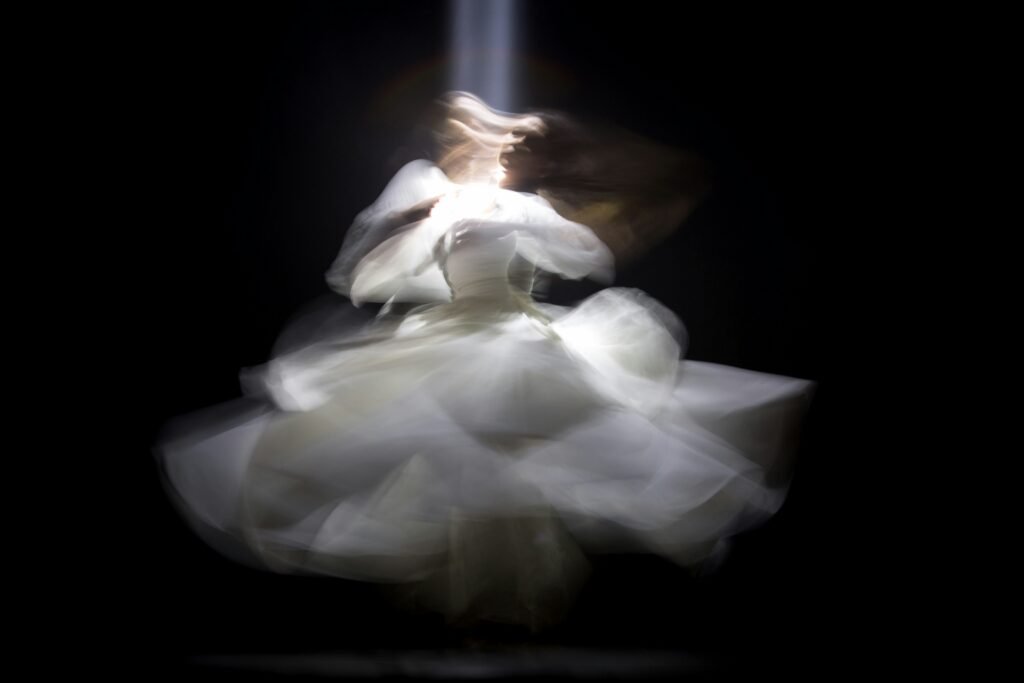
But the story doesn’t end in darkness. Gooding also emphasizes that in today’s entertainment landscape, artists have more control than ever. With streaming, social media, and creator‑driven platforms, performers don’t have to “play the game” to be seen. Independent creators can build their own stages, speak their own truths, and reach millions without trading authenticity for access.
Still, the temptation remains — recognition, validation, quick success. And every generation of artists must answer the same question: What are you willing to do for fame?
As Gooding put it, “You just make the best choices you can. Because once it’s gone — your name, your peace, your soul — there’s no buying it back.”

 Entertainment4 weeks ago
Entertainment4 weeks agoWhat the Deletion Frenzy Reveals in the David and Celeste Tragedy

 Entertainment4 weeks ago
Entertainment4 weeks agoExecutive Producer Debut: How Celia Carver Created Festival Hit ‘Afterparty’

 Health4 weeks ago
Health4 weeks agoRussia Claims 100% Success With New mRNA Cancer Vaccine

 Business3 weeks ago
Business3 weeks agoWhy Are Influencers Getting $7K to Post About Israel?

 Health4 weeks ago
Health4 weeks agoWhy Did Gen Z QUIT Drinking Alcohol?

 Advice4 weeks ago
Advice4 weeks agoHow AI Is Forcing Everyone Into the Entrepreneur Game

 Entertainment3 weeks ago
Entertainment3 weeks agoKeith Urban and Nicole Kidman Split After 20 Years as Actress Files for Divorce

 Entertainment3 weeks ago
Entertainment3 weeks agoTilly Norwood’s Rise Stirs Controversy




